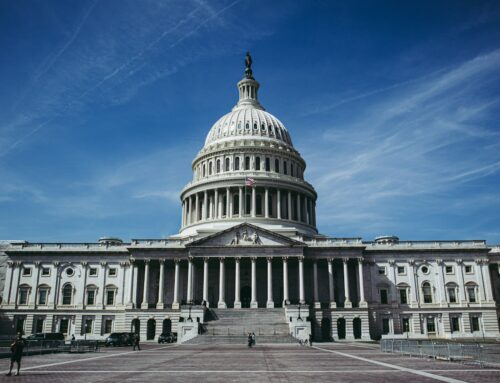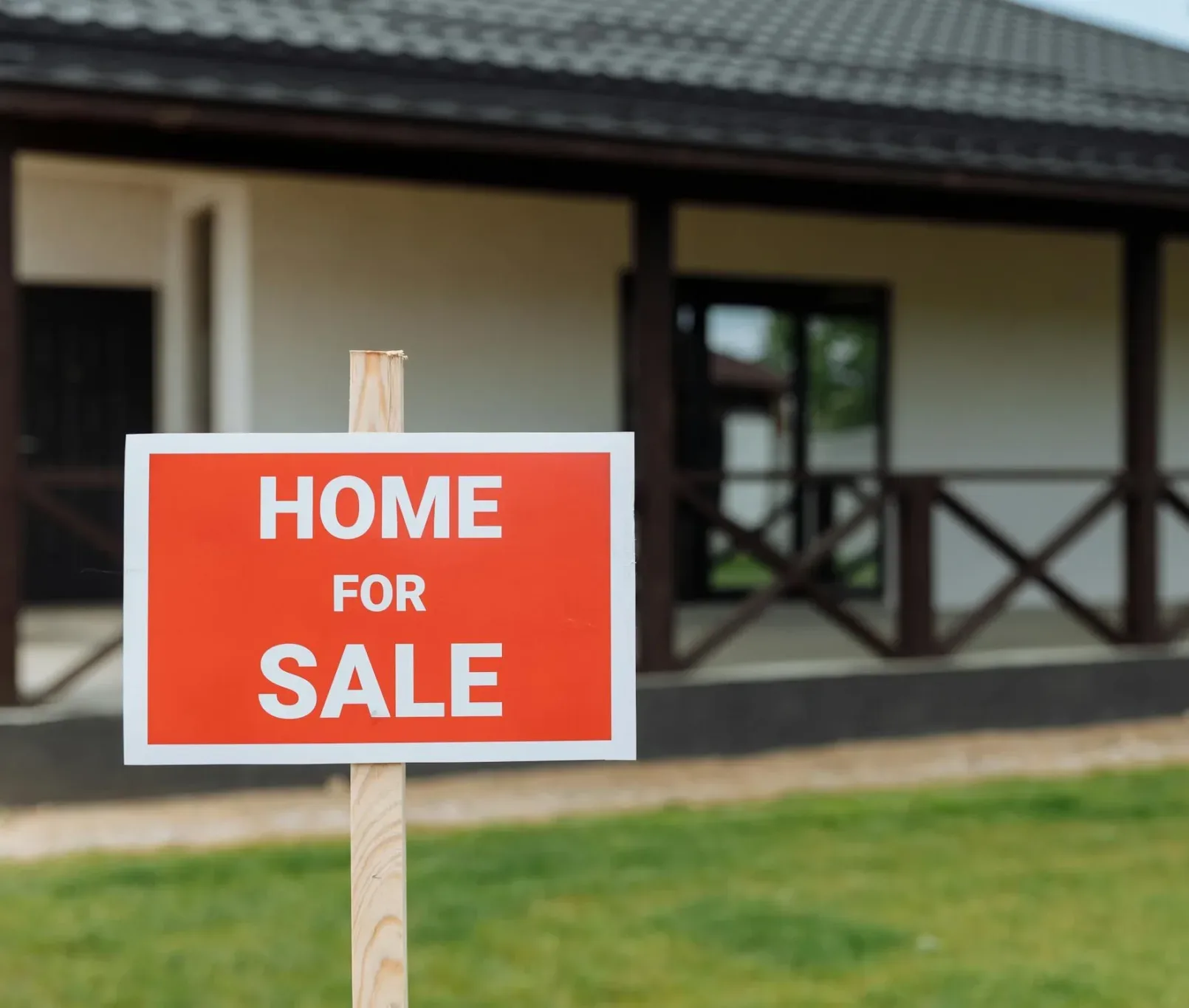This week, the Congressional Budget Office (CBO) released a long-awaited report on the state of the U.S. economy and federal budget. Maybe not “long-awaited” for you, but with higher costs and inflation impacting Americans, CBO’s report is not just for budget nerds. The figures in this “budget baseline” as it’s known, provide a sobering view of our nation’s financial health. It also shows the potential high costs for both action and inaction from Washington.
CBO’s full 150-page analysis is here – “The Budget and Economic Outlook: 2022 to 2032.” If you instead prefer the cliff notes version, please read on.
A first lesson is trillion-dollar deficits are here to stay. Annual budget deficits, when the government spends more than it generates in revenue (mainly taxes) have become routine. For 2022, the good news is the deficit is expected to fall to $1 trillion. It’s “good” because that’s down from $2.8 trillion last year. The bad news? $1 trillion is still no small sum, and deficits aren’t going away anytime soon. In fact, the last pre-pandemic year (2019), the annual deficit was $984 billion, and considered excessively high by many. Annual deficits are expected to average $1.6 trillion over the next decade. Trillion-dollar IOUs shouldn’t be normalized because they come with costs.
One of the biggest costs of perpetual annual deficits is increased costs for debt service. In non-budget speak: in the next decade we will pay trillions of dollars to use our nation’s credit card. Net interest on current federal debt totaled $352 billion in Fiscal Year 2021. $352 billion, not on roads, or health care, baby formula, border security, or whatever, just paying interest on our debt. That amounted to 1.6 percent of our total Gross Domestic Product. Under CBO’s projections, net interest increases to $1.92 trillion in 2032. That’s 3.3 percent of our nation’s projected economic output dedicated simply to paying for the privilege of borrowing.
Importantly, these figures are based on assumptions. Some of CBO’s economic assumptions are overly rosy. Because they can’t predict the future actions of lawmakers, CBO builds the baseline on current law. Under current law most of the tax law changes affecting individuals adopted in the 2017 Tax Cut bill disappear after 2025. That’s not going to happen. Lawmakers don’t let tax cuts disappear, at least not entirely. Revenue projections thus are higher than what we’ll ultimately see.
In addition, CBO acknowledges high levels of inflation, but expects it to diminish in the latter half of 2022 as “supply disruptions dissipate [and] energy prices decline.” This assumption already appears out-of-date. The most recently published statistics from the Council of Economic Advisers show the Consumer Price Index for “All Urban Consumers” has risen 8.5% since the beginning of 2022. This has impacts on the cost of government purchases and other line items, increasing taxpayer costs. And the Federal Reserve is another wild card. CBO doesn’t know how high rates will go, meaning they may drastically underestimate the cost of that soon-to-be-trillion-dollar annual debt service.
The biggest takeaway from the CBO baseline is that these reports are guideposts not gold. CBO doesn’t have a crystal ball. They make estimates, based on facts, history, current law, and maybe a bit of magic (econometrics) at a particular point in time. In this case it was March after the President’s budget request. Much has happened since then including a globe-disrupting war in Ukraine, higher than expected inflation, and increased federal spending. These reports aren’t predictions, but they are a potential path. And we need to heed their warnings.
Congress and the Administration must address challenges and risks head-on, budgeting for them instead of pretending a magic wand will make them disappear. Spending on disasters can be reduced if we focus on pre-sponding instead of expensive, post-disaster aid. Promoting resilience in agriculture and fiscally responsible coverage for more crops/producers in federal crop insurance can reduce future expenditures on unbudgeted – and often times wasteful – ad hoc aid. Equity, cost-effectiveness, and transparency can also be improved, saving taxpayer dollars, with proper oversight and accountability of spending (see our recent letter on Ukraine aid, for instance).
It’s worth noting that the biggest variable CBO can’t predict are the decisions by policymakers. The biggest change in their baseline prediction from last July was the ten-year deficit projection increased by $2.4 trillion. That was all due to legislative changes aka lawmaker choices.
So tough decisions must be made to improve the US budget outlook. This includes short-term decisions on annual appropriations spending, budget reconciliation, and tax extenders, plus long-term decisions on pricy budget items like taxes, Social Security, and Medicare. Future generations will applaud any progress.
Please stay tuned on our website as we dive in more.











Get Social